How Ventilation Fan Works
Ventilation fans are a lifesaver for every home and building, especially those that can easily succumb to humidity. But what exactly is the process a ventilation unit goes through in order to work? Is it different for other kinds of fans?
With that in mind, In this blog, we will address how a ventilation fan works.
With new buildings being made to be as energy efficient as possible, and the UK aiming for 95% of its electricity usage to be low carbon by 2030, it is imperative to understand how we can make the most of our ventilation. This is where applications such as extractor fans and heat recovery ventilation units come in.
To prevent mould, fresh air should constantly be introduced into your dwelling daily, as it helps to regulate temperature and reduce condensation. Introducing fresh air can be as simple as having a ventilation routine, or installing extractors or MVHR units. Almost all of this is facilitated by ducting.
The purpose of ventilation
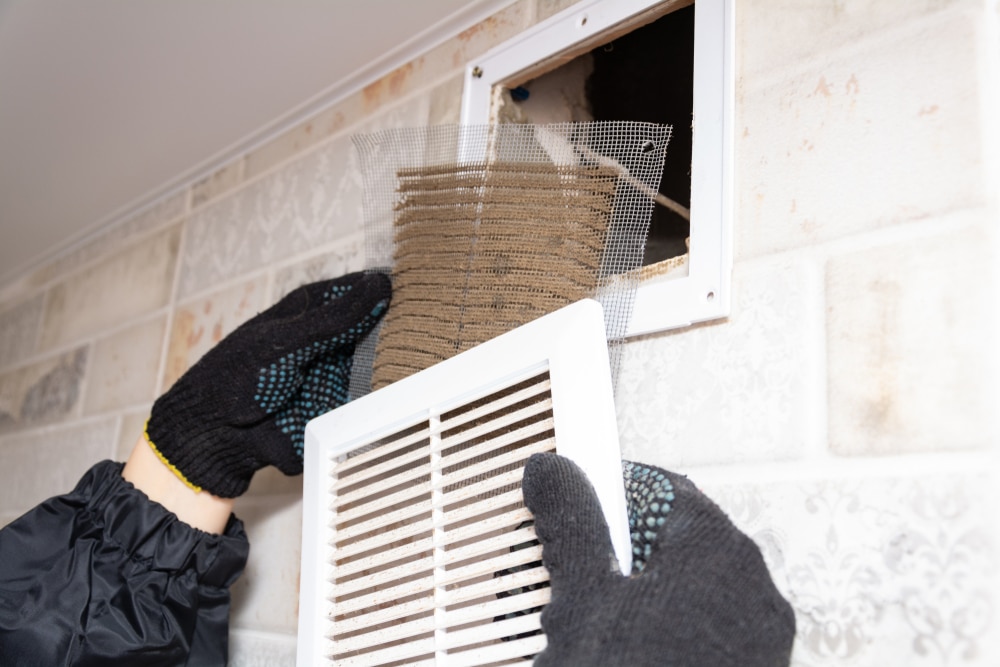
Ventilation serves more than one purpose. Ventilation operates in order to remove stale air (and sometimes replace it with fresh air). It also removes smells and crucially helps to remove humidity which can eventually become condensation, and then mould.
Can mould affect my health?
Yes. Especially if you already have underlying health issues, particularly any respiratory issues. Here are some signs that mould could be impacting you. It is more relevant if you didn’t have any of these issues until you had extended periods amongst mould.
- Hair thinning/ hair loss.
- A weaker immune system is more obvious if you go from rarely being ill to regularly being ill.
- A lingering cough.
- Unexpected skin rashes.
- A lack of vitality.
- Breathing that is slightly more laboured than usual.
- Breathing in the outdoors is more comfortable than breathing in the home with mould.
- Regular or increased instances of having phlegm in your throat without any illness or contaminants that affect your lungs, such as cigarettes.
These are just a handful of symptoms you can experience with mould allergies. Please note that symptoms will vary amongst individuals.
Mould removal options
So what are your options? You will be happy to know there is more than one way to remove mould. Here are a few that we will list for you.
- Use a mould surface cleaner, or other mould treatment products if the mould returns after using this, there may be a leak in the area or inadequate insulation.
- Contact local mould removers, they will not only assess the cause but treat it too, however, this may cost more.
- Contact your landlord. If the landlord has highlighted issues like these as their responsibility in your tenancy agreement, then you can legally ask them to take care of it.
- Enquire about the ventilation, how old is it? Is it working efficiently?
How a Ventilation Fan Works
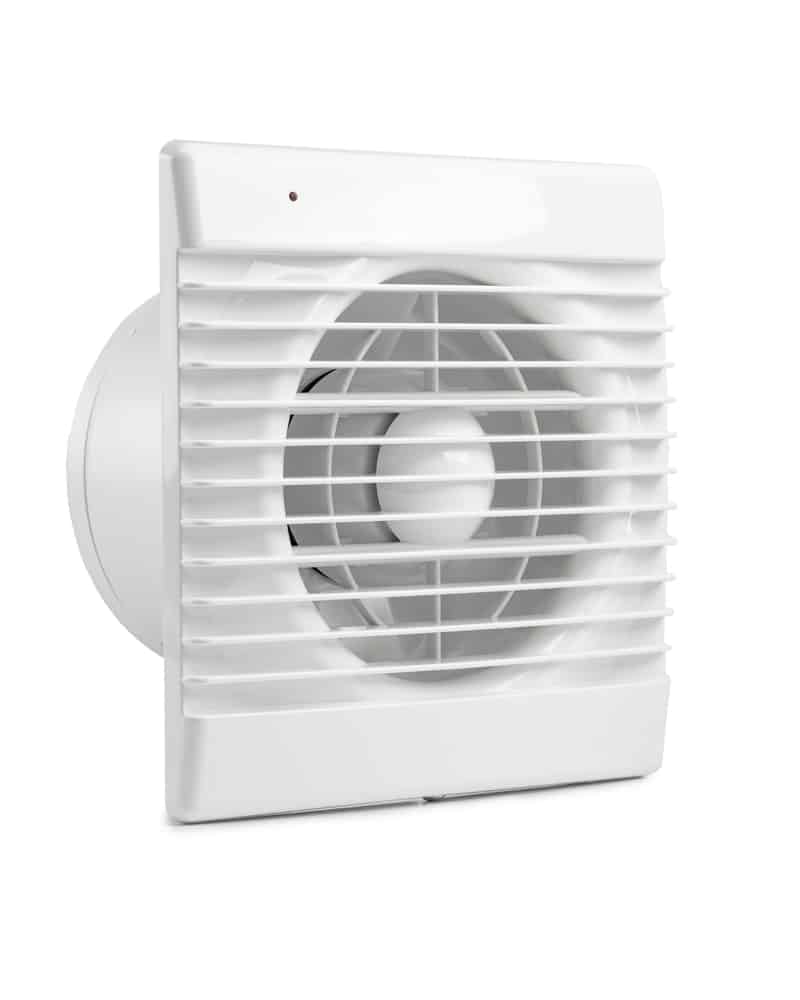
Ventilation fans work by removing stale air from an indoor or enclosed space, the most common examples being bathrooms and kitchens. Ventilation fans, whether they be an extractor fan, a cooker hood etc are installed to reduce moisture build-up, odours and air pollutants.
In turn, this improves the air quality and can help to prevent issues such as mould. There are many types of ventilation fans, below, we will give a general explanation into the basic process that these units follow.
- Air intake: By making use of a fan, the unit draws the air in the room, which will travel into its intake grille.
- Air movement: The air that has been drawn in passes through the fan. The continual rotation of the fan creates an airflow which pushes the air through the ducting.
- Exhaust: The travelling air is expelled through the exhaust duct. You can see this in action on a cold or brisk day when walking past a house. The usually warm air comes out of the exhaust as steam, depending on the temperature difference.
- Depending on the unit you have, you may have the ability to intake fresh outdoor air through another duct. This is then filtered and in some cases heated before redistributing into a building.
This is available in units such as some MVHR units. The benefit of a feature like this is that it helps to balance the airflow in the building and keep a regulated temperature whilst receiving fresh air.
Can I ventilate without a fan?
Yes, it is possible to ventilate naturally. However, we would strongly recommend using natural ventilation in conjunction with a ventilation fan such as an extractor fan, MVHR unit or PIV unit etc.
Ventilating your home naturally is as simple as…
- Opening your windows when cooking or showering.
- Opening bedroom windows for around 20 minutes once or twice a day, depending on the general levels of humidity in the building.
- Keeping bedroom and other room doors open to allow for the air to travel into and through rooms freely.
- Opening windows on both sides of a home or building to create an airflow, which can increase the effectiveness of natural ventilation.
Is there a downside to ventilating naturally?
Yes and no. Ventilating naturally is a great way to prevent your home from developing humidity and eventually mould issues, when done whilst using ventilation units, the results are even better.
When ventilating naturally, you should be mindful of the weather and how far open your windows are, and how long for. This is because more extreme weather conditions such as rain or strong gusts of wind can affect the inside of your home.
Rain can get into the home, creating wetness that must be removed. Whereas strong winds, especially when an airflow is created, can force doors to slam, or make freestanding objects in the house fall. Additionally, leaving windows open for too long can cause the home to be too cold, resulting in using the heating for longer to warm it up again, adding to your bills.
Does ventilation clean the air?
In a manner of speaking, yes. Ventilation enables any air with pollutants or dust to be removed from the area, this allows those with allergies or sensitivities to breathe more easily.
If the ventilation you opt for disperses outdoor air through a filter, you will have a greater level of cleanliness in the air, resulting in a more comfortable and clean atmosphere.
How do I know the air isn’t clean?
Realistically, there isn’t going to be anywhere with 100% pure air that is free from pollutants. However, there are some telltale signs that can indicate the air you are breathing isn’t clean.
- Mould is in the vicinity. Mould travels via spores through the air, if you see mould growing, it is already likely in the air.
- Odours are an indication of poor air quality. Smell is determined by particles in the air you breathe, so bad smells are often a telltale sign of poor air quality.
Can I monitor the quality of air in my home?
Yes. There are devices available that can monitor the quality of air, this includes carbon dioxide levels, humidity, and much more. These devices are usually small, so they can be placed in each room to monitor the levels and act accordingly with ventilation routines/devices.
Although an air quality monitoring devices isn’t always necessary, we would definitely recommend it to those who have had recurring issues in their home regarding air quality, and mould. It may seem tedious and extra hassle, but in the longterm, it is saving you money, as well as keeping the health of yourself and those in the dwelling in the best possible state.
What stops a ventilation fan from working?
Ventilation can stop working for multiple reasons which can include…
- Mechanical faults.
- Wiring issues.
- Water has entered the fan damaging the electrics.
- The fan has extensive blockage.
How can I fix a faulty ventilation fan?
In order to get the best possible diagnostics and repair services, begin by contacting your ventilation unit’s manufacturer, especially if you are still within your warranty. This is because they will be able to provide help from someone who is well versed in the ventilation unit you have.
When should I replace a faulty ventilation fan?
You should replace a faulty ventilation fan immediately. This is because a ventilation fan that has faultsis either working at a reduced capacity, or not at all. This allows for humidity to build up in the dwelling, making it harder to remove.
As a result of this, condensation, dampness and mould can develop. If you delay the repair/replacement, it can cause you to have to pay more money in order to treat the mould. This is why ventilation fans with faults should be seen to ASAP.
Where to find the best ventilation
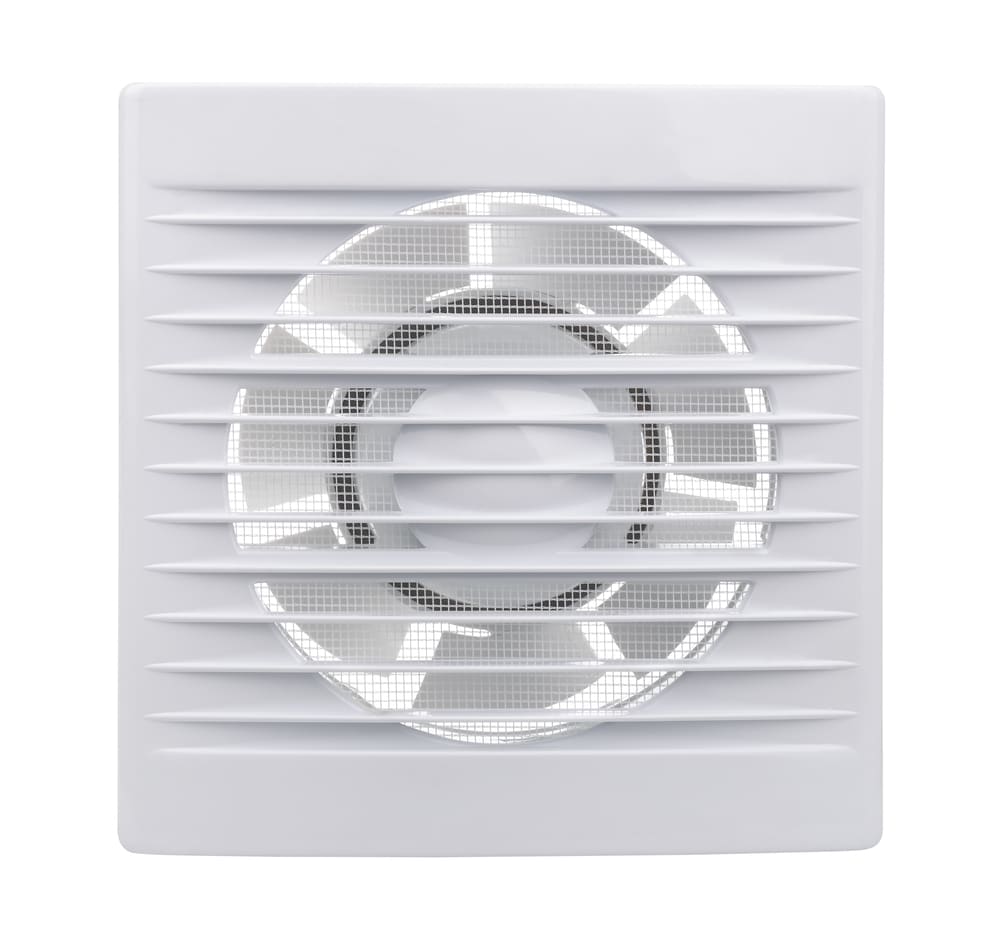
At I-Sells, all things ventilation and ducting related is our speciality, we are here to answer the questions we know are common for those new to HVAC and what it encompasses.
We at I-Sells endeavour to ensure our customers have all the information they require before investing in our mould solutions. Be sure to visit our blog page to learn about the vast array of factors and issues surrounding ventilation, mould, condensation, and much more.
Within this blog, we hope to have shown you how a ventilation fan works.
We understand you may have more questions, do not hesitate to contact us for more information about whatever you need our help with. If you’d like to email us, click here. For other contact options, see below:
Call us on 020 8463 9696
Visit us at our showroom:
*OPENING TIMES*
Monday – Friday: 8:00 am to 5:30 pm
Saturday: 9:00 am to 12:00 pm
Sunday: Closed
15 St John’s Parade
Sidcup, Kent
DA14 6ES
United Kingdom

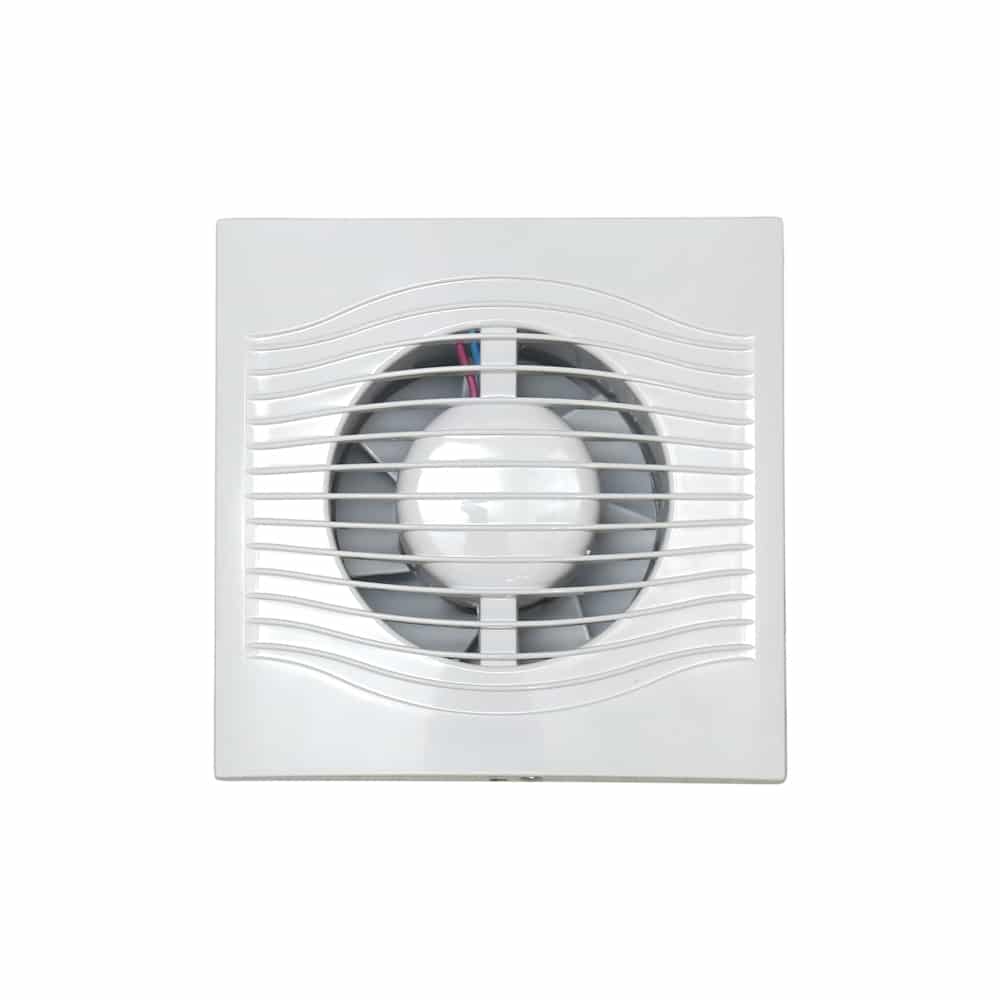

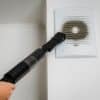
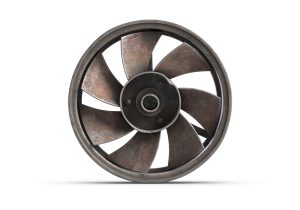

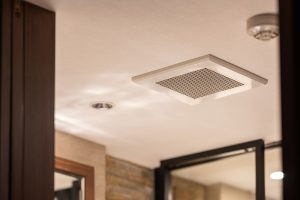





















Add comment
You must be logged in to post a comment.